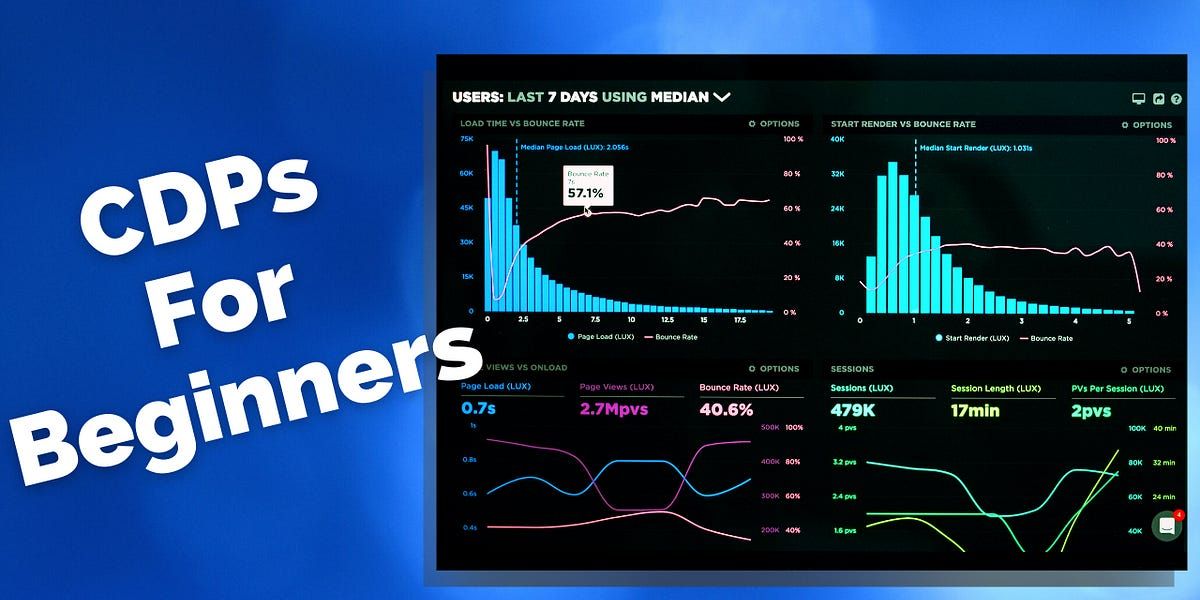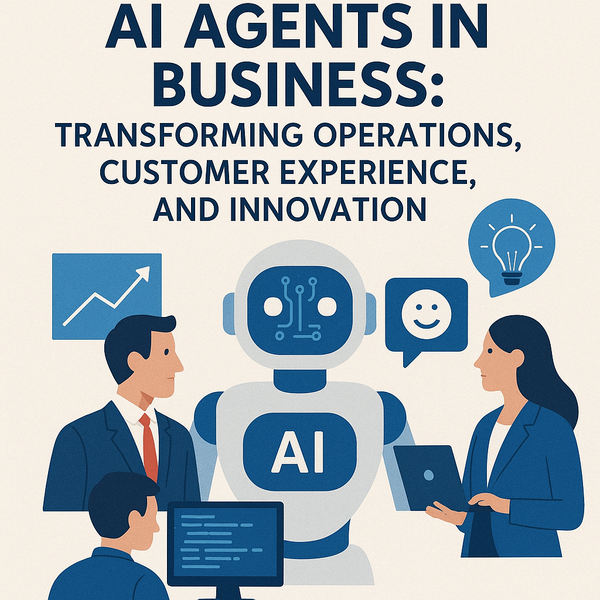Customer Data Platforms (CDPs) for Beginners

In some circles, the acronym CDP is accustomed to a buzzword such as “cloud.” In others, it’s an essential part of a company’s Martech (marketing technology) stack.
What is a CDP?
First off, let’s talk through what a customer data platform (CDP) is. CDPs are platforms that can consolidate multiple data sets and integrate customer data in one single location. It can help a company unify marketing data and enable customer modeling and predictive scoring to provide business intelligence to teams to make differentiated decisions around marketing messages to customers or determine the next steps for a business to take, directionally.
Over the last few years, these platforms have evolved to offer more than just a marketer the ability to understand the customer. From providing insight into a 360-degree view of a customer to being able to provide predictive churn propensity based on an online reader’s behavior, a CDP can now bring a completely new set of intelligence into the mix.





